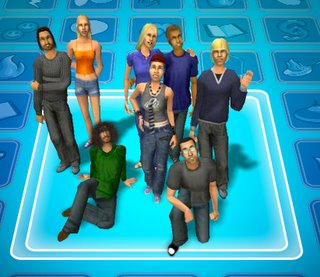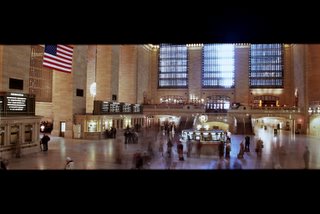A bit of a background…
About ten years ago, the first network I set up was a “LocalTalk” network using Apple Classics. Each computer was connected using the printer port and telephone cable. A sort of daisy chain effect, Common to a peer-to-peer network
Fastnet AppleTalk Tranceiver
This serial to Phone Net LocalTalk adapter has the usual DIN8 to RJ11 connectors. This was what was used back then to connect the computers together in the mentioned “daisy chain” effect. To me, this was the cheapest for of network that could ever be made and simplistic when it came to troubleshooting. It was either a computer at fault or a broken adapter
Today, computer networks have become a lot more sophisticated and have many different tools and instruments to connect each node together. A node is anything connected to a network i.e. a computer or a printer.
With the advances of Ethernet and Fibre Optic technology, networks are becoming cheaper, faster and vaster in size. Instead of having a small handful of computers in a single room, entire buildings are becoming connected together for the smallest of reasons such sharing an Internet connection or user documents and information.
This is all well in good, but it has it’s draw backs. When anything becomes bigger it opens up more doors for extra problems and errors to occur, which can cause entire site to stop working until the cause is found. For example, a school I worked in Dublin had no Internet connection in its main building for a number of days because electricians had accidentally drilled through the fibre optic hard line between that building and the administrator building. The electricians told nobody about this incident. It took a few days to discover the cause and a considerable amount of money in the process. Hardware such as fibre modules and switches were replaced because it was believed that they had failed even though, later it was found they weren’t the cause at all. Things like this could easily be avoided by using network management software and utilities that can tell what is working and what is not.
The software I have experienced is capable of such tasks as sending “packets” down a line to discover problems, kinks, breaks in the line and can give very precise locations of where these problems are on the network.
“EtherPeek”
However, these programs are very expensive. They can cost thousands of pounds and often need a college degree of it’s own to be able to decipher and understand what is being shown.
Read more!





